Loading...
Products
Magic: The Gathering Line
This is HonestAF aka Alex Friedrichsen writing to you on a chilly Vermont mid-November day in the thick of stick season. Don't fret! Brisk weather is yet another excuse to stay inside and fire some drafts.
Magic Foundations returns to fundamentals with a core set-style draft environment that focuses on two-color archetypes and battlefield-centric gameplay. We've escaped the haunted, convoluted rooms of Duskmourn. Now, it's time to slam a Serra Angel on turn 5 and hope it sticks.
Or perhaps slam a well-fed Craw Wurm on turn 6 - *I'm looking at you, Quakestrider Ceratops*
While I appreciate complicated board states and intricate card interactions, it's refreshing to draft a set that doesn't demand too much complexity while bringing that cozy nostalgic feeling we all enjoy.
Let's examine what's been winning! These decks are taken from the 17Lands repository of trophy decks for best-of-three matches. While I'm including images of only one 3-0 deck per archetype, the takeaways synthesize information from several successful decks.
For each color pair, I'll examine:
Gameplan: The UW deck functions as a classic "skies" strategy, combining efficient flyers with ground defense and tempo plays.
3-0 Deck Example:
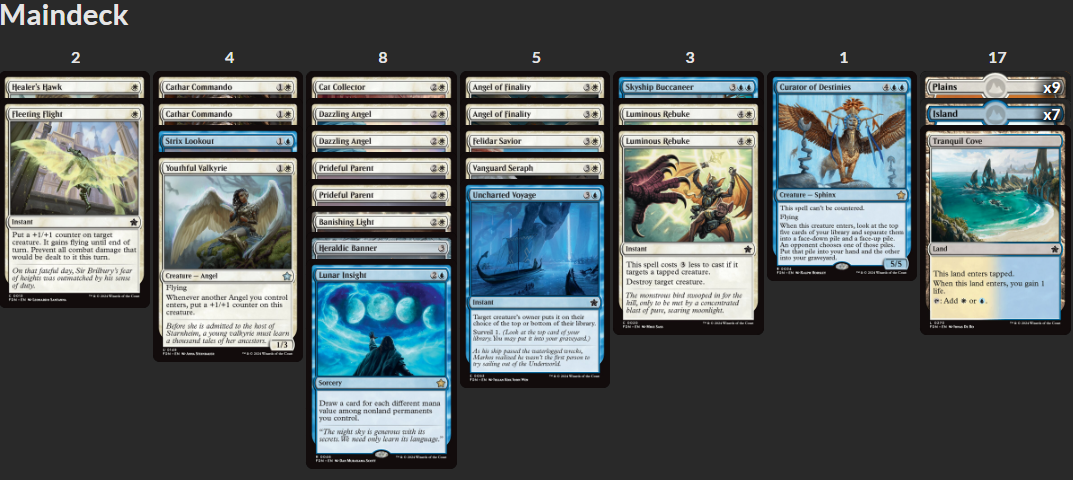
Overperformers: Luminous Rebuke, Felidar Savior, Dazzling Angel, Healer's Hawk
Strategy Tips:
Gameplan
UB operates as a control deck that can pivot into tempo strategies when needed.
3-0 Deck Example:
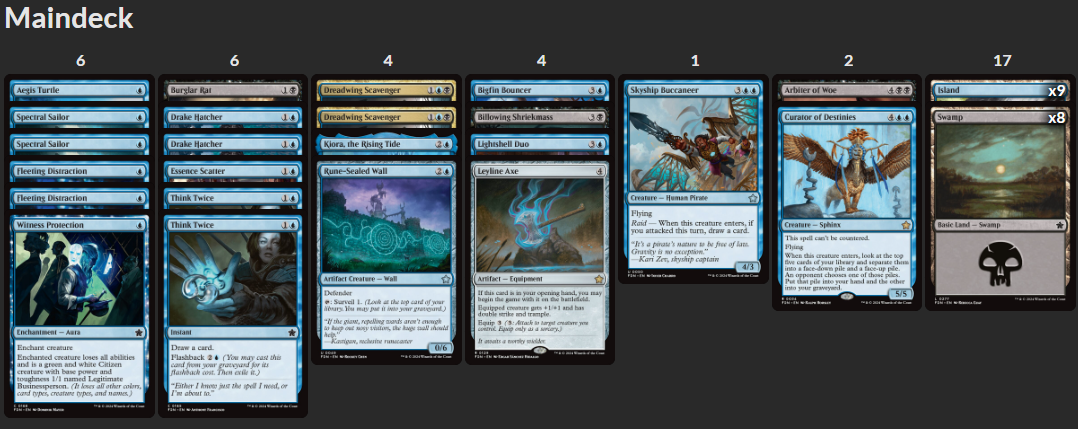
Overperformers: Bake into a Pie, Think Twice, Burglar Rat, Eaten Alive, Infestation Sage
Strategy Tips:
Gameplan: UR aims to establish an early threat then push damage through pings with card draw and efficient removal. Tempo heavy gameplan.
3-0 Deck Example:
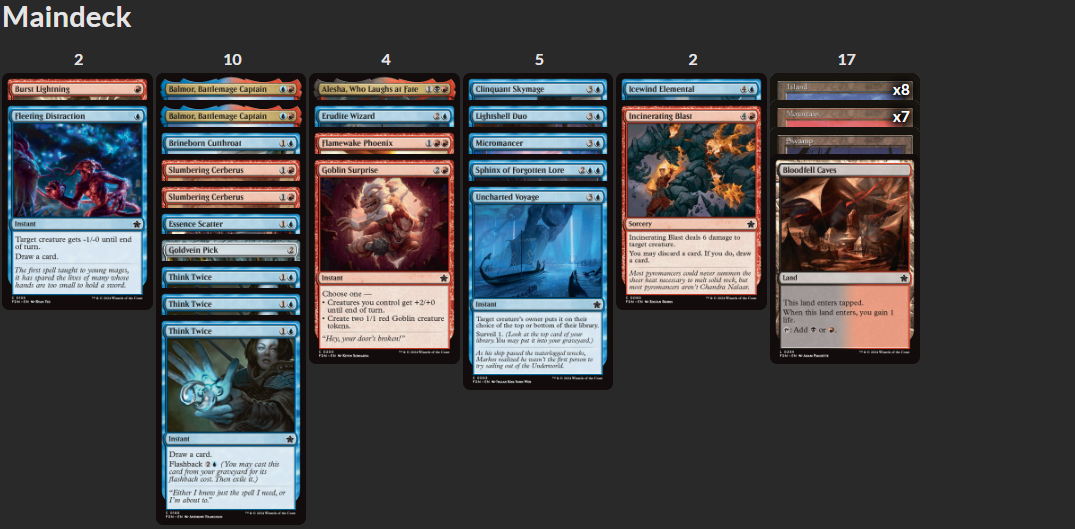
Overperformers: Bigfin Bouncer, Think Twice, Burst Lightning, Fleeting Distraction, Thrill of Possibility
Strategy Tips:
Gameplan: UG ranks among the weaker color pairs, partly due to a lack of cohesive identity. While designed as a ramp archetype, the set's emphasis on curving out means ramp threats often can't recover lost tempo. Success usually comes from leaning heavily into either blue or green.
3-0 Deck Example:
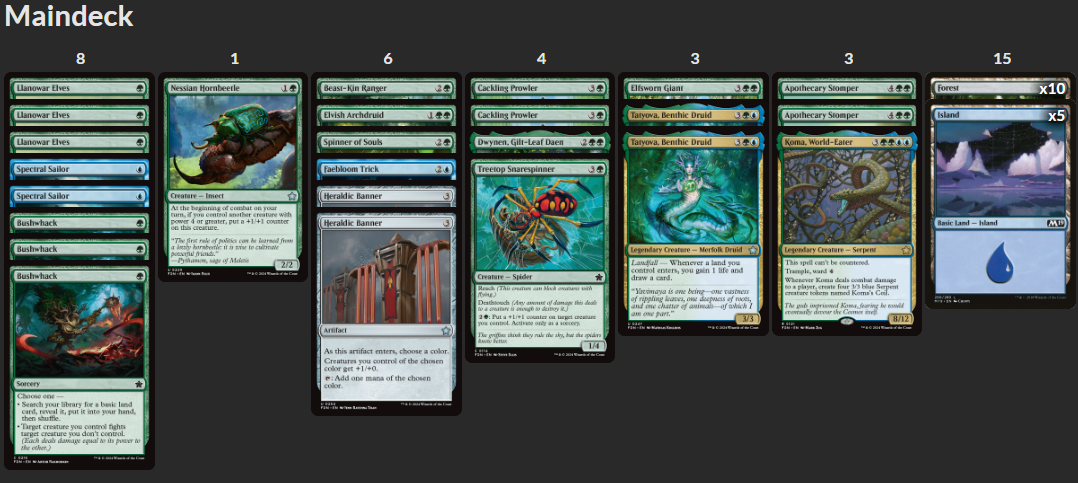
Overperformers: Llanowar Elves, Bite Down, Uncharted Voyage, Wary Thespian
Strategy Tips:
Gameplan: BW is a strong color pair focusing on lifegain and fodder creatures, capable of both going wide and playing attrition games.
3-0 Deck Example:
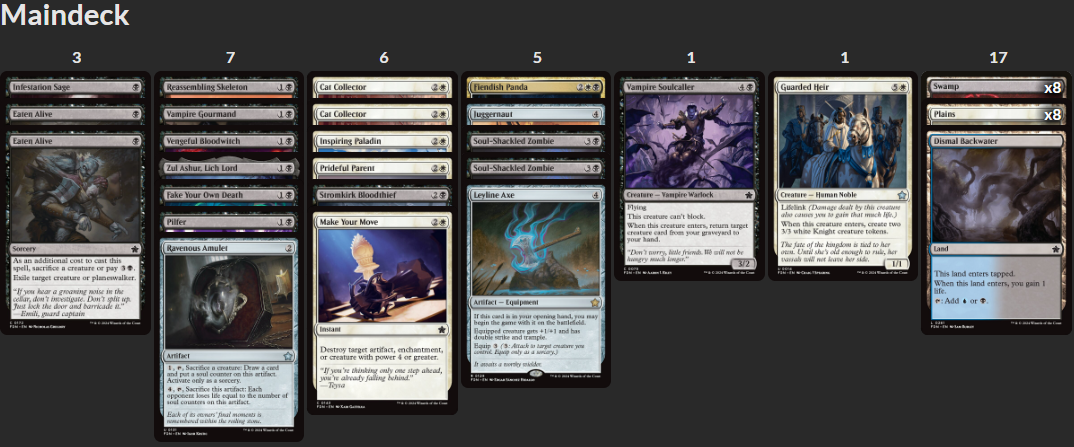
Overperformers: Squad Rallier, Dazzling Angel, Helpful Hunter, Vampire Soulcaller, Luminous Rebuke
Strategy Tips:
Gameplan: Another of the weaker color pairs, BG centers on the morbid mechanic. Like similar mechanics that trigger from normal gameplay patterns, it's difficult to build around deliberately. BG typically plays as a "good stuff" archetype.
3-0 Deck Example:
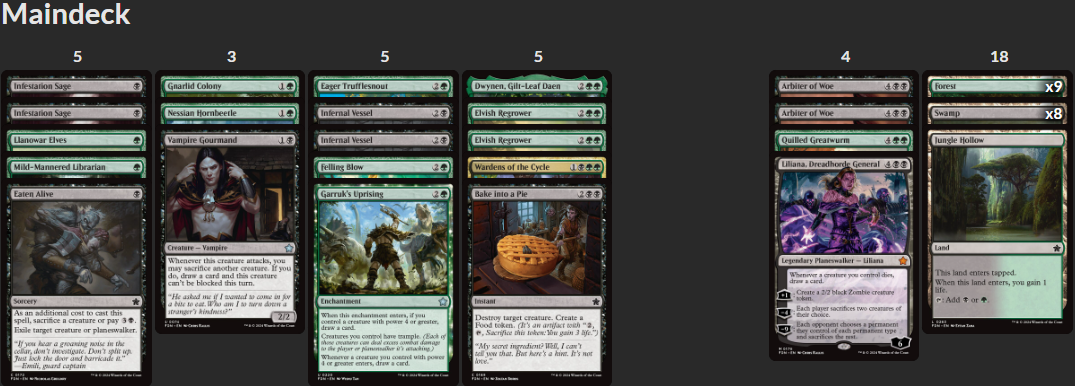
Overperformers: Evolving Wilds, Bushwhack, Bake into a Pie, Treetop Snarespinner, Dwynen's Elite
Strategy Tips:
Gameplan: BR is deceptively complex - rather than focusing purely on the raid mechanic and aggression, it performs best as a midrange sacrifice deck that generates value while steadily dealing damage.
3-0 Deck Example:
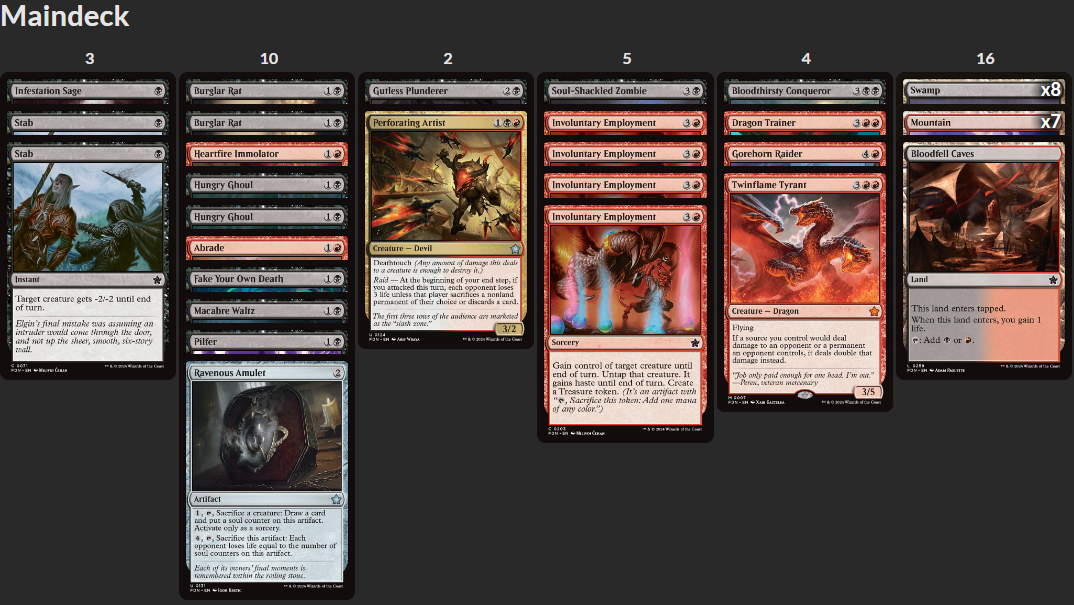
Overperformers: Hungry Ghoul, Gutless Plunderer, Burst Lightning, Gorehorn Raider, Involuntary Employment
Strategy Tips:
Gameplan: GW focuses on +1/+1 counters with high synergy potential. The deck can succeed by either going wide or tall with careful counter distribution.
3-0 Deck Example:
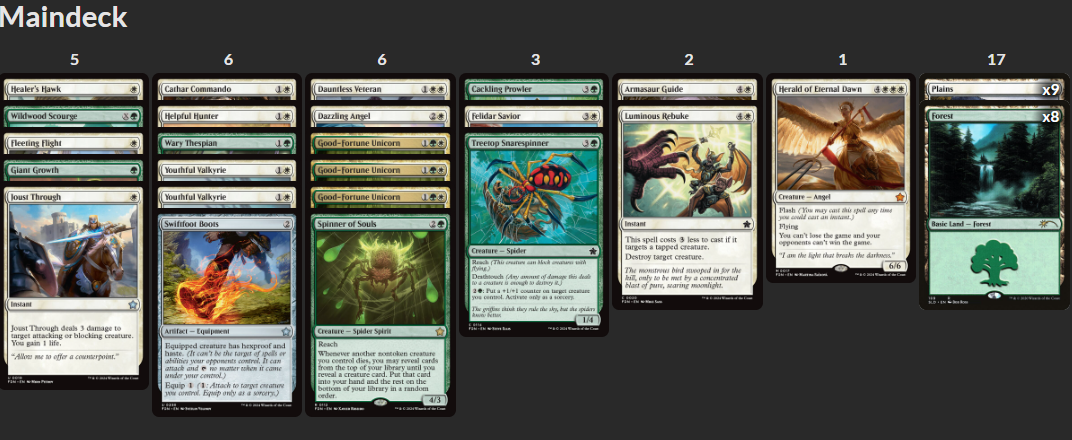
Overperformers: Banishing Light, Treetop Snarespinner, Bite Down, Healer's Hawk, Inspiring Paladin
Strategy Tips:
Gameplan: While the Gruul mechanic centers on power 4 or greater, like GB, this usually happens naturally through normal gameplay.
3-0 Deck Example:

Overperformers: Wary Thespian, Treetop Snarespinner, Beast-Kin Ranger, Ambush Wolf, Cackling Prowler
Strategy Tips:
Gameplan: WR embodies classic go-wide token aggro, heavily dependent on synergy.
3-0 Deck Example:
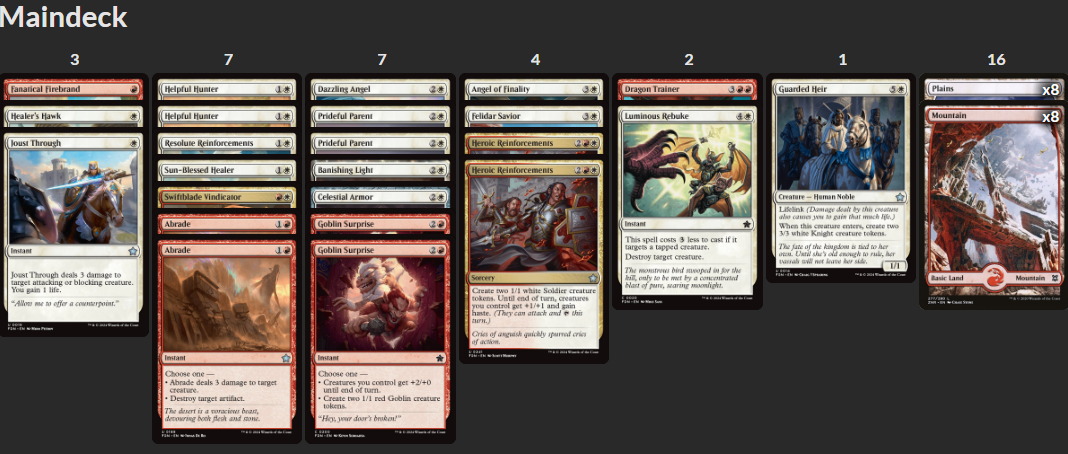
Overperformers: Dazzling Angel, Hare Apparent, Felidar Savior, Fleeting Flight, Prideful Parent
Strategy Tips:
Foundations rewards fundamental Magic skills, but a skilled player still has the tools to beat variance and come up on top most of the time. Drafting is more straightforward than usual given restrictive splashing and focused color pairs. Focus on curve, removal, and synergy over complicated combinations. Take on color dual lands highly. Gain an edge through knowing your gameplan, deck construction post draft, and playing towards your win condition.